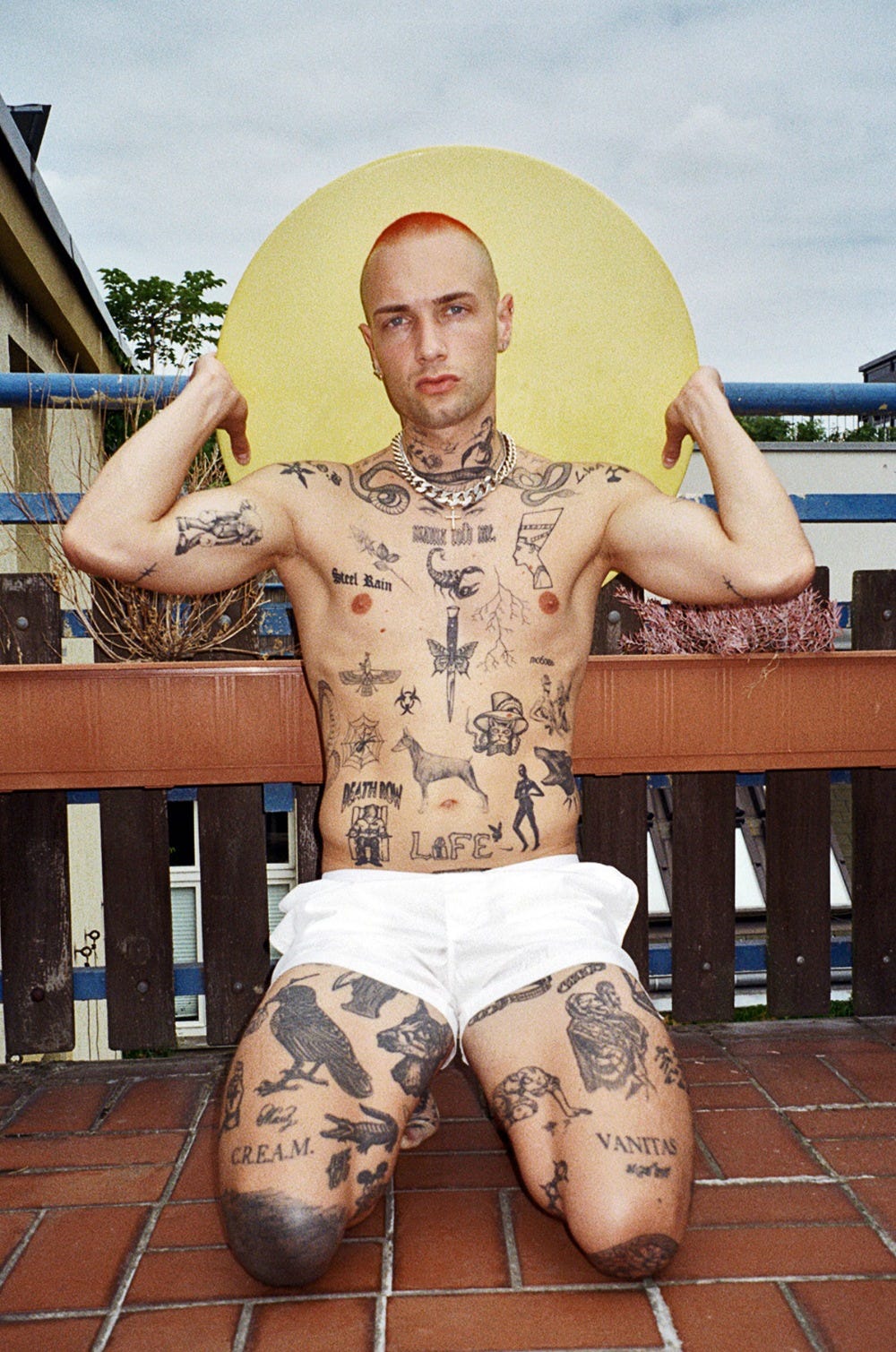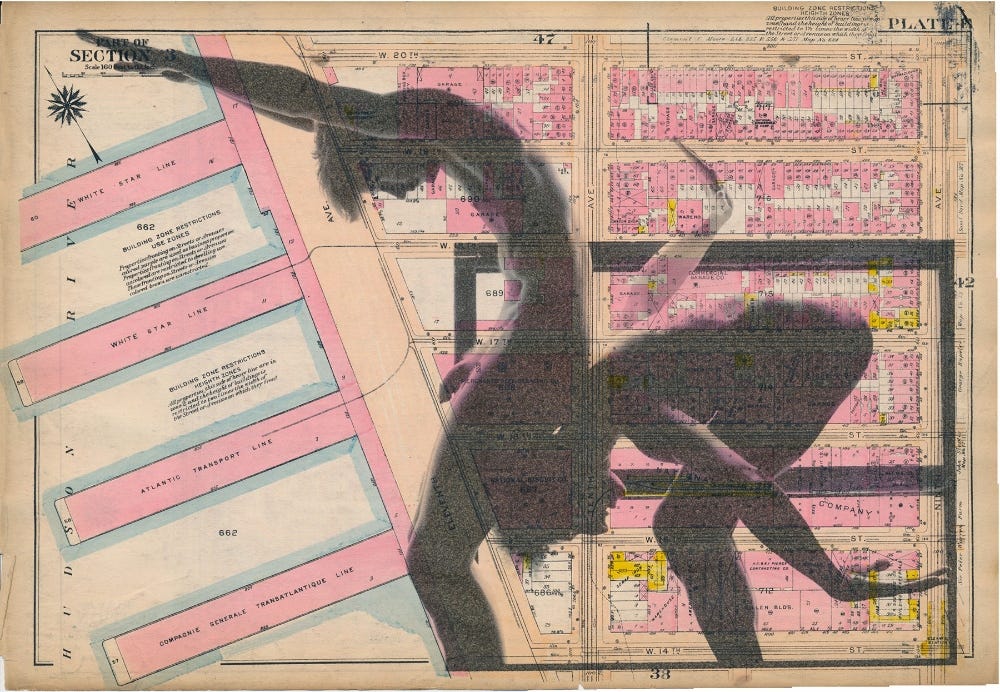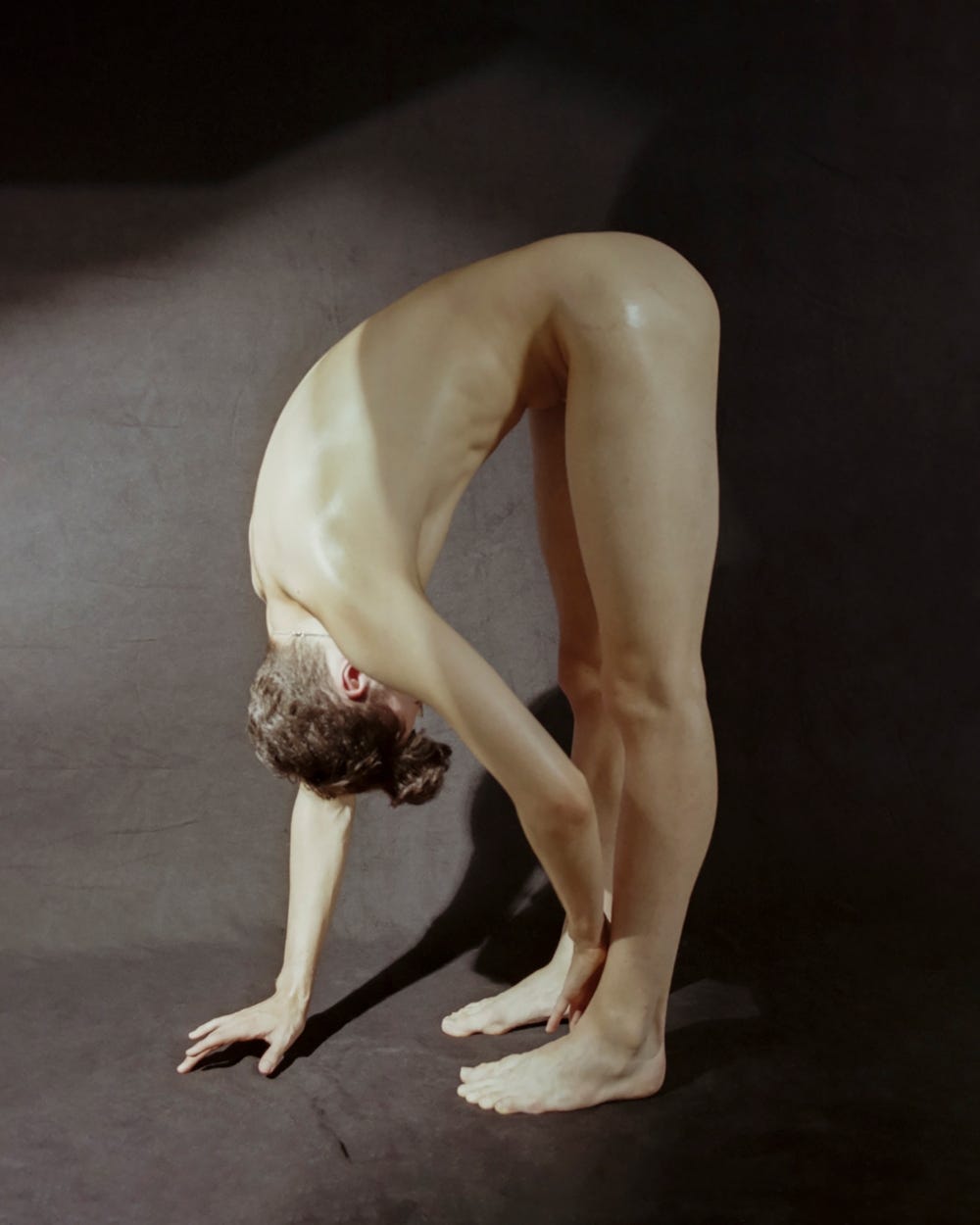28 Artists, 80 Daring Works: Queer Love Like You’ve Never Seen Before
Slava Mogutin curates an intimate, fearless exhibition of radical queer photography.
As one of our previously featured artists, we learned Slava Mogutin has always used his work to confront notions of queer identity. Born in Siberia and exiled from Russia for his outspoken activism, he became the first person granted U.S. asylum on the grounds of homophobic persecution.
Through photography, writing, film, and performance, Slava has spent the last twenty years pushing the possibilities of queer art — making space for stories that challenge, confront, and connect.
“My Romantic Ideal” is the culmination of his decades-long commitment to queer expression, now showing at The Bureau of General Services — Queer Division in New York City, and brings together 80 works by 28 queer artists spanning three generations and 14 countries, exploring themes of intimacy, resistance, and radical romanticism.

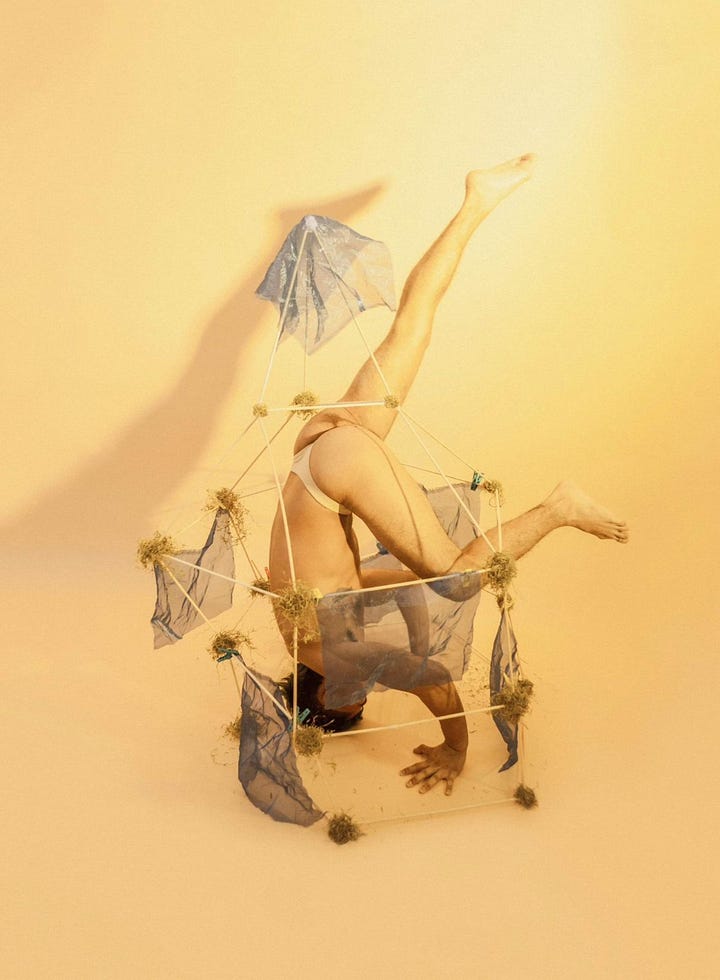
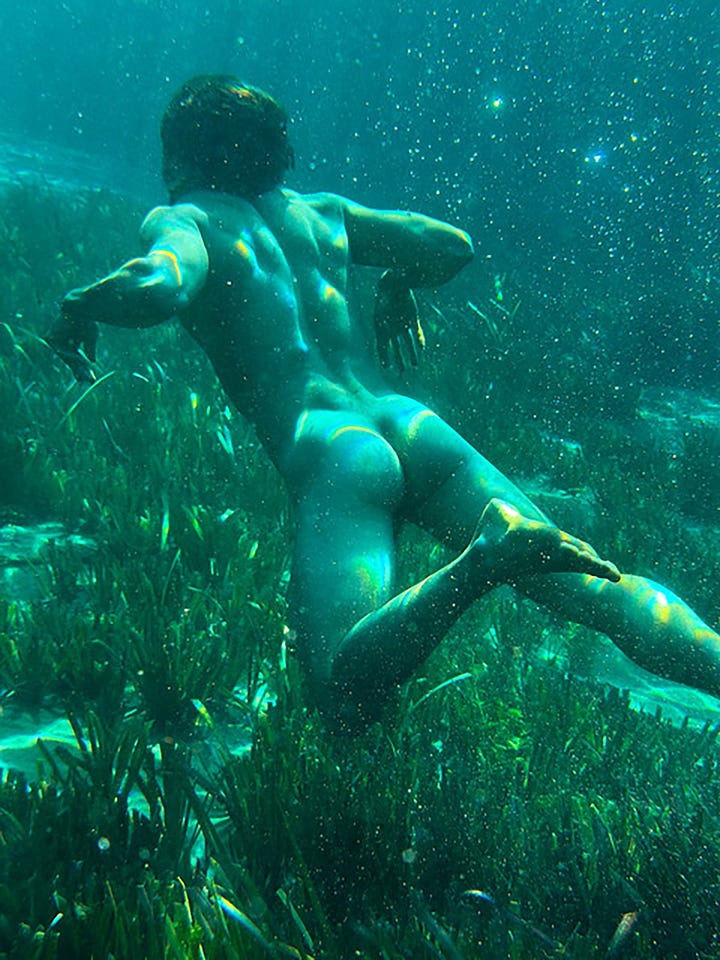
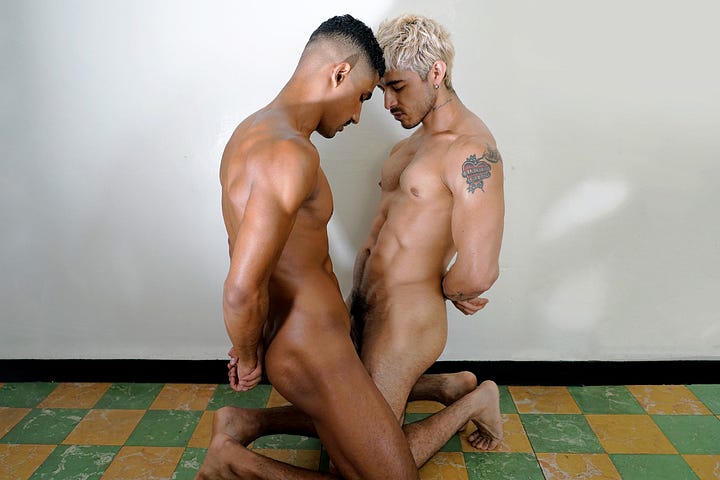
Through intimate portraits, provocative explorations, and wildly varied techniques — from analog Polaroids and found-object prints to textile works and cinematic nude portraiture — a deeply personal statement and a powerful act of collective visibility are on full display.
We chatted with Slava about his curation process, the grief and love that shaped it, and the artists whose work moved him most.
Gayety: Slava, welcome back! We’re thrilled to celebrate “My Romantic Ideal,” your largest curatorial project to date — featuring 80 works by 28 queer artists across 14 countries. That’s a massive undertaking. Was that scale part of your initial vision, or did it evolve through the curatorial process?
Slava: Thank you, it’s great to be back! I came up with the title and concept for this show a while ago, but it took a couple of years to realize it. Initially, I was thinking of something more intimate, with about a dozen artists. Then, as I started revisiting my community of artists and collaborators — some I’ve worked with for years, others newer voices I admire — it just kept growing. I didn’t want to limit the scope geographically or generationally. Queer love, desire, and resistance look different depending on where you’re coming from and when. I wanted the show to reflect that diversity — aesthetically, culturally, and emotionally.
You’ve previously been featured in Gayety’s artist spotlights for your personal work, and this time we’re highlighting your role as curator. How has your experience as a creator shaped your approach to curating the work of other artists?
I approach curation as an extension of my creative practice — a kind of visual storytelling. I’m not just hanging pictures, I’m building a narrative, mapping out emotional and thematic arcs. I understand the vulnerability that comes with putting your work out there, so I’m very intentional about context. I want every artist to feel seen and understood, not just aesthetically but personally. I also don’t believe in neutral spaces; neutrality is just another word for indifference.
The title “My Romantic Ideal” speaks to something both personal and political. How would you define that “ideal” today, especially when contrasting this work against traditional or heteronormative depictions of romance?
I came up with the title shortly after my girlfriend Maxima died tragically at the age of 25. It was a profound personal loss that shifted everything for me. In a way, the show became a love letter — not just to her, but to all the queer people I’ve lost, loved, and fought alongside. Romance in this context isn’t sterile or sanitized. It’s raw, vulnerable, sometimes messy. It’s about your chosen family, about choosing sensitivity and compassion in a world that rewards aggression and confrontation. In that sense, queering romance is a radical gesture — it pushes back against heteronormative stereotypes and makes space for new narratives, new rituals, new ideals of beauty.
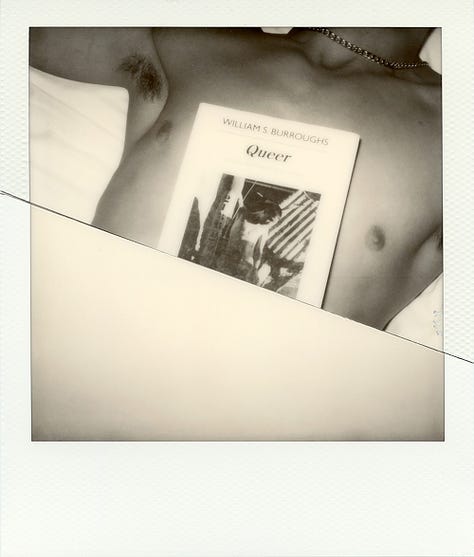

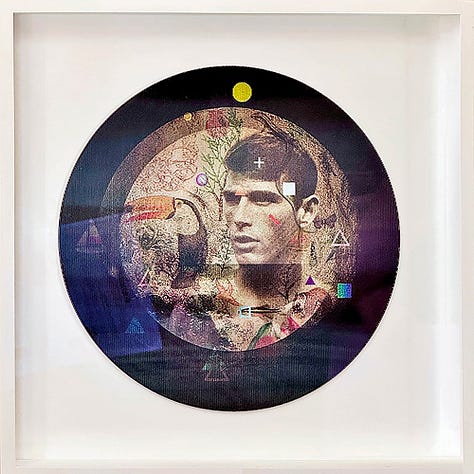
One of the most fascinating elements of this exhibition was your ability to showcase artists spanning three generations, many of whom explore queer identity, desire, and resistance in very different ways. Were there any unexpected connections or juxtapositions when their works were shown together?
Absolutely. I love seeing the queer art pioneer Tom Bianchi next to someone emerging talents like Luke Abby, Tyler Matthew Oyer and Łukasz Leja. There’s this tension between legacy and reinvention. Or pairing Stanley Stellar’s idyllic vintage Fire Island photo with Quil Lemons’ provocative large-scale close-up of an intercourse. The juxtapositions created surprising dialogues, like time folding in on itself. Suddenly, you’re not just looking at an image, you’re feeling the weight of history, the evolution of queer desire and representation, the continuation of a shared struggle for visibility and acceptance.
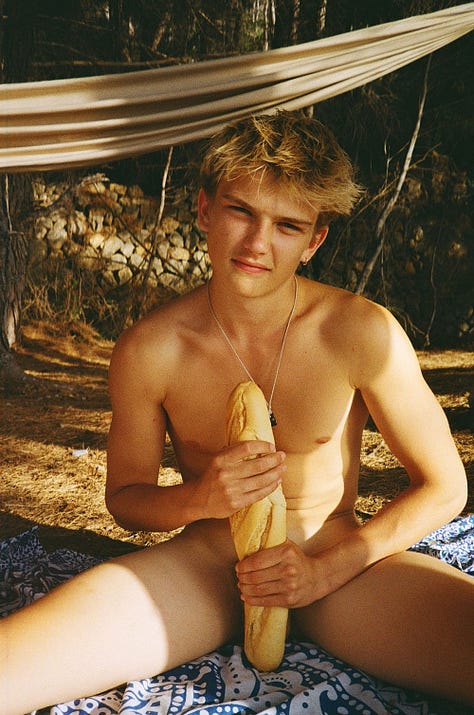
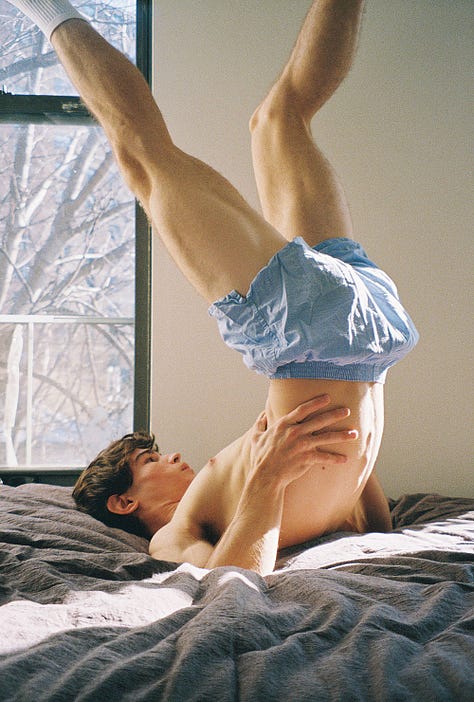
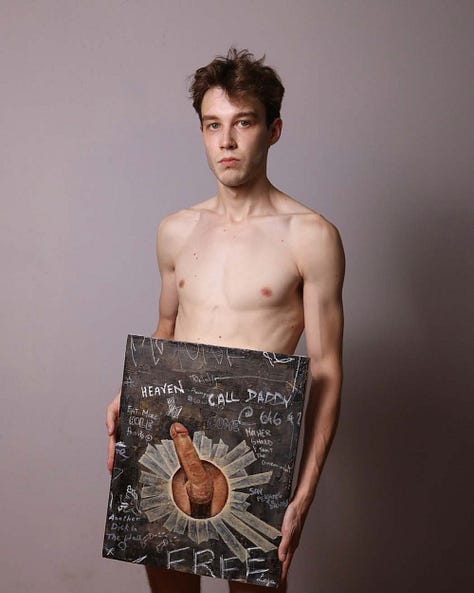
In your curatorial statement, you describe the exhibition as “a declaration of the many ways we, as queer artists, claim and redefine love.” After featuring so many different artists on Gayety, it feels like we are seeing queer art becoming more radical and somehow more tender at the same time. How did you see love being redefined through the works you selected? Did any particular themes stand out during the curation process?
Yes, that paradox was central to the show: the idea that love can be radical because it’s tender. So much of queer life is defined by survival — but what happens when we center pleasure, sensuality, devotion instead? Across the board, I saw artists reclaiming those themes — love as resistance, desire as documentation, intimacy as archive. Whether it was Benjamin Fredrickson’s, Cameron Lee Phan’s, and Łukasz Leja’s self-portraits and nudes, Paul Mpagi Sepuya’s fragmented studio intimacy, or Bruce LaBruce’s cinematic pin-ups, everyone was exploring love on their own terms — as something worth fighting for, something that holds space for contradiction and complexity.
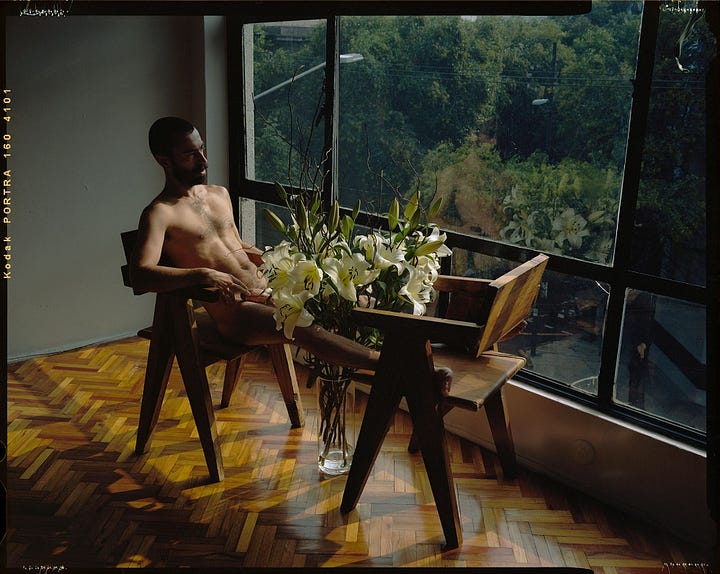
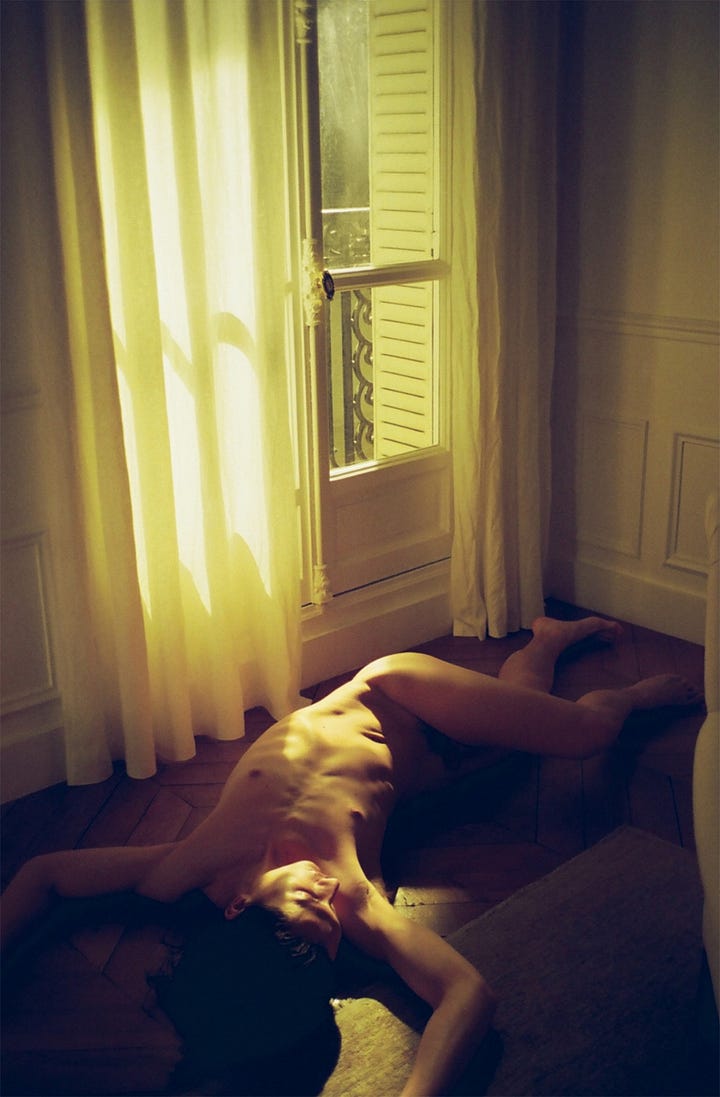


Several artists in the show — like Bruce LaBruce, Paul Mpagi Sepuya, and Quil Lemons — have very distinct voices. How did you balance and preserve each artist’s unique perspective while shaping a cohesive narrative?
I treated the show like a mixtape — different moods, different tempos, but all flowing together. Some pieces shout, others whisper. Some are polished, others raw. But they’re all in conversation. I didn’t try to flatten those differences. On the contrary, I wanted to emphasize them — that’s what queerness is. Not a monolith, but a chorus. You’ve got everything from Robert Flynt’s intricate prints on found maps and Jan Wandrag’s borroc tapestries to Stuart Sandford’s tectile Polaroid collages. Each artist is distinct, but what binds them is a shared desire to experiment and take risks, to see and be seen.
I know it may be impossible to choose, but were there a few artists or pieces that especially resonated with you while curating this exhibition — whether for their emotional impact, unexpected perspective, or how they captured the show’s theme?
Hard to play favorites — but Stanley Stellar’s Fire Island print is so timeless and tender, it almost feels sacred. Tom Bianchi’s new mixed-media objects are also really special — he’s constantly reinventing himself. I recently visited him in Palm Springs and was blown away by his productivity and creativity at the age of 79. Both Stanley and Tom are true heroes and major inspirations for me and many other younger queer artists. Robert Flynt’s work had this unexpected gravity, especially his use of repurposed archival materials in combination with his own photography. And Gio Black Peter’s punk photography always makes me stop and think and laugh — it’s raw, funny, rebellious, alive. But honestly, every artist brought something essential to the table. This could easily become a book — and I’m working on making that happen.



The show is being held at The Bureau of General Services — Queer Division, a space with deep cultural relevance. What does it mean to bring “My Romantic Ideal” to this venue in particular?
The Bureau is a rare and necessary space. It’s more than a bookstore or gallery — it’s a queer sanctuary. Independent, community-run, and unapologetically queer. It felt like the right home for this show because it aligns with the values of the project: intergenerational dialogue, intellectual freedom, queer community. We’re constantly being commodified and diluted by corporate Pride culture, and The Bureau reminds us that we don’t need permission or institutional support to exist or create. We already have everything we need within our own community.
You’ve also launched several new projects right now — books, shirts, zines, even a new film for Pet Shop Boys’ cover of David Bowie’s iconic gay anthem, All the Young Dudes. How do these complement “My Romantic Ideal?” And how do these different mediums reflect your evolving creative focus?
I’ve always worked across media — writing, photography, video, installation, fashion — it’s all part of the same concept and impulse, the same creative process. Right now, I’m developing several books based on my new poetry, Polaroid photography, and analog pictures from Berlin, LA, and Mexico City. The shirts and zines are about accessibility — taking the work beyond the gallery walls. I don’t believe in art for art’s sake. I want it to travel, to provoke, to inspire. The world’s on fire — now’s not the time to be quiet.
“My Romantic Ideal” is currently on view at the Bureau of General Services— Queer Division in New York through August 31, 2025. To keep up with all things from Slava, follow him on Instagram and check out all the featured artists below.
Alejandro Ruiz (US-Mexico) @alexandroruixx
Ben Prince (US) @benprinceusa
Benjamin Fredrickson (US) @benjaminfredrickson2
Brian Kenny (US) @briankennny
Bruce LaBruce (Canada) @brucelabruce
Cameron Lee Phan (Vietnam-US) @cameronleephan
Carter Peabody (US-Mexico) @carter_pbd
Donovan Quiroz (Mexico) @dnvn1
Francis Schichtel (US) @francis_schichtel
Gerardo Vizmanos (Spain-Germany) @gerardovizmanos
Gio Black Peter (Guatemala-US) @gioblackpeter11
Jan Wandrag (South Africa-US) @janwandrag
Łukasz Leja (Poland-US) @lukaszleja
Luke Abby (UK-Germany) @lukeabby
Matt Lambert (US-Germany) @dielamb
Miguel Villalobos (Venezuela-US) @miguelvillalobosnyc
Paul Mpagi Sepuya (US) @pagmi
Quil Lemons (US) @quillemons
Robert Flynt (US) @robertflyntfoto
Ross Collab (US) @rosscollab
Scott Hug (US) @mr._hug
Slava Mogutin (Russia-US) @slavamogutin
Stanley Stellar (US) @stellar.fse
Stuart Sandford (UK-Mexico) @stuartsandford
Tom Bianchi (US) @tombianchi
Tony Solis (Mexico) @tonysolisyosoy
Tyler Matthew Oyer (US) @tmostudio
Victor Jeffreys II (US) @victorjeffreysii





